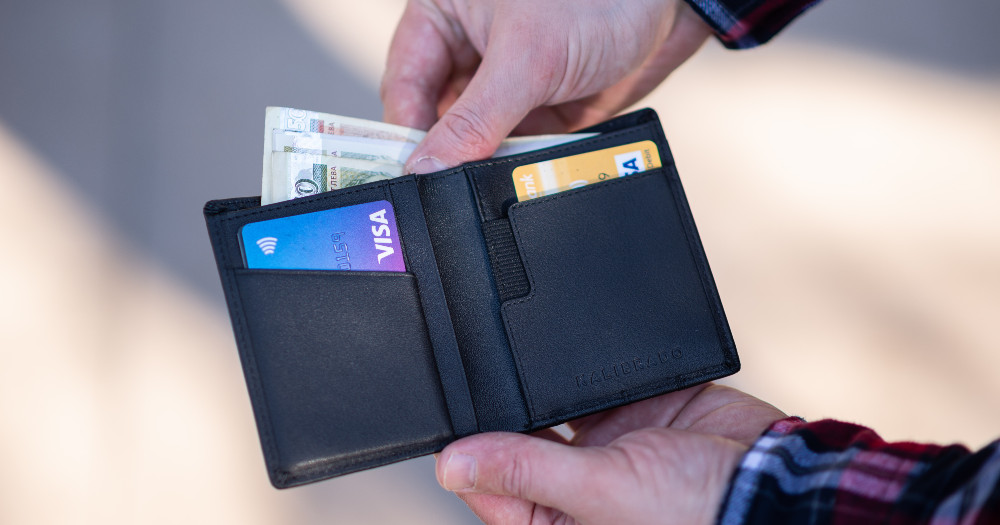In the digital environment, online visibility is essential to remain competitive on-site SEO. For businesses and content creators, this visibility is primarily determined by search engine optimization (SEO).
Recognizing the importance of this issue, Blogmaster.lv, the leading platform dedicated to the art and science of blogging, offers its audience guidelines. This article will delve into on-site SEO techniques, which are the cornerstone of improving a website’s search engine ranking and user experience.
Meta titles and descriptions – way to website
Meta titles and descriptions serve as digital gateways, inviting users to explore the selected content. They are essential SEO tools that help search engines, and potential visitors recognize your website’s relevance and value.
The importance of first impressions
Meta titles and descriptions are often the first interaction potential visitors have with your website on search engine results pages (SERPs). These elements are important for SEO and click-through rate (CTR) as they advertise your content.
Crafting compelling meta titles and descriptions
A compelling meta title should be concise, starting with the main keyword. It should accurately reflect the page’s content while enticing enough to attract clicks.
Similarly, the meta description shall briefly overview the page’s content, including relevant keywords, without overdoing it. This balance between SEO and user engagement is crucial to improve visibility and increase traffic.
Heading tags – structuring content for readers and robots
Title tags serve as a blueprint for readers and search engine robots, structuring content into an organized hierarchy that improves comprehension and accessibility. They play a crucial role in indicating the relevance of different sections, ensuring that content is easy to navigate and ranks effectively in search results.
Art of organization for on-site SEO
Title tags (H1, H2, H3, etc.) are not just formatting tools but an integral part of the site structure. They help search engines understand the hierarchy and relevance of content, influencing a site’s ranking.
Utilizing headings effectively
Start with a clear, keyword-rich H1 tag that includes the main topic. Subsequent headings should be logically structured.
Break the content into easy-to-read sections that improve readability and SEO, it may be worth using a technical SEO audit to ensure the best results. Remember that while keywords in headlines are helpful, the priority is always user experience.

Images – worth a thousand words
Images not only captivate and attract audiences, but they also convey complex ideas in a simple and powerful way, making them a key element in your website’s storytelling system.
When properly optimized, they serve as the silent messengers of your content. They enhance the user experience and improve your website’s SEO performance.
Enhancing engagement and on-site SEO
Optimizing images is not only aesthetically pleasing, but it also makes your website more accessible and faster, which in turn significantly improves engagement and SEO rankings. By compressing image file sizes, you’ll reduce load times, which is critical in retaining visitors and improving your site’s performance in search engines.
Using descriptive file names and alt attributes makes your content more accessible to visually impaired users and provides search engines with valuable information. These simple but effective strategies ensure that every image on your site works tirelessly to attract, engage, and retain your target audience.

Internal linking – content networking
Internal linking is like the web, intricately connecting different parts of your site to create a single, continuous route for users and search engine crawlers. This strategy improves site navigation and user experience and strengthens your site’s SEO structure by distributing authority and relevance between pages.
Creating a on-site SEO network within
Building a website network through internal links is like creating a map that guides visitors through your content landscape, encouraging exploration and discovery. This network of interconnected links not only improves site navigation but also points search engines to links between different pages. Thus improving the overall authority of your site.
By carefully planning these routes, you can strategically direct traffic to valuable pages, increasing their visibility and relevance. The result is a cohesive, user-friendly site that stands out in terms of both user engagement and search engine ranking, demonstrating the power of a well-structured internal network.
Keyword research – foundation of on-site SEO
SEO is based on keyword research, which is at the heart of every strategy. Providing insights into how your audience searches for content, products, and services online.
This basic process not only helps optimize your website but also guides content creation. Ensuring that you speak directly to the interests and needs of your target audience.
Targeting the right audience
The cornerstone of on-site SEO is effective keyword research. Identify the terms and phrases your target audience is using. Terms and phrases should be used to search for your products or services.
This way, you can tailor your content to their needs, thus improving visibility and traffic. Get a comprehensive insight into on-site SEO optimization to get the complete picture for keyword research.
Tailoring strategies for Blogmaster.lv readers
As the digital world continues to evolve, so must our approach to digital marketing SEO. The techniques described above are strategies and tools for linking and connecting content. Blogmaster.lv. Platform at the forefront of content creation and optimization, uses these insights to help its audience
By using these on-site SEO techniques, you can improve your site’s visibility and user experience and ensure that your digital presence resonates with the depth and breadth of your expertise. Let’s not just navigate the digital landscape, let’s illuminate it.





















